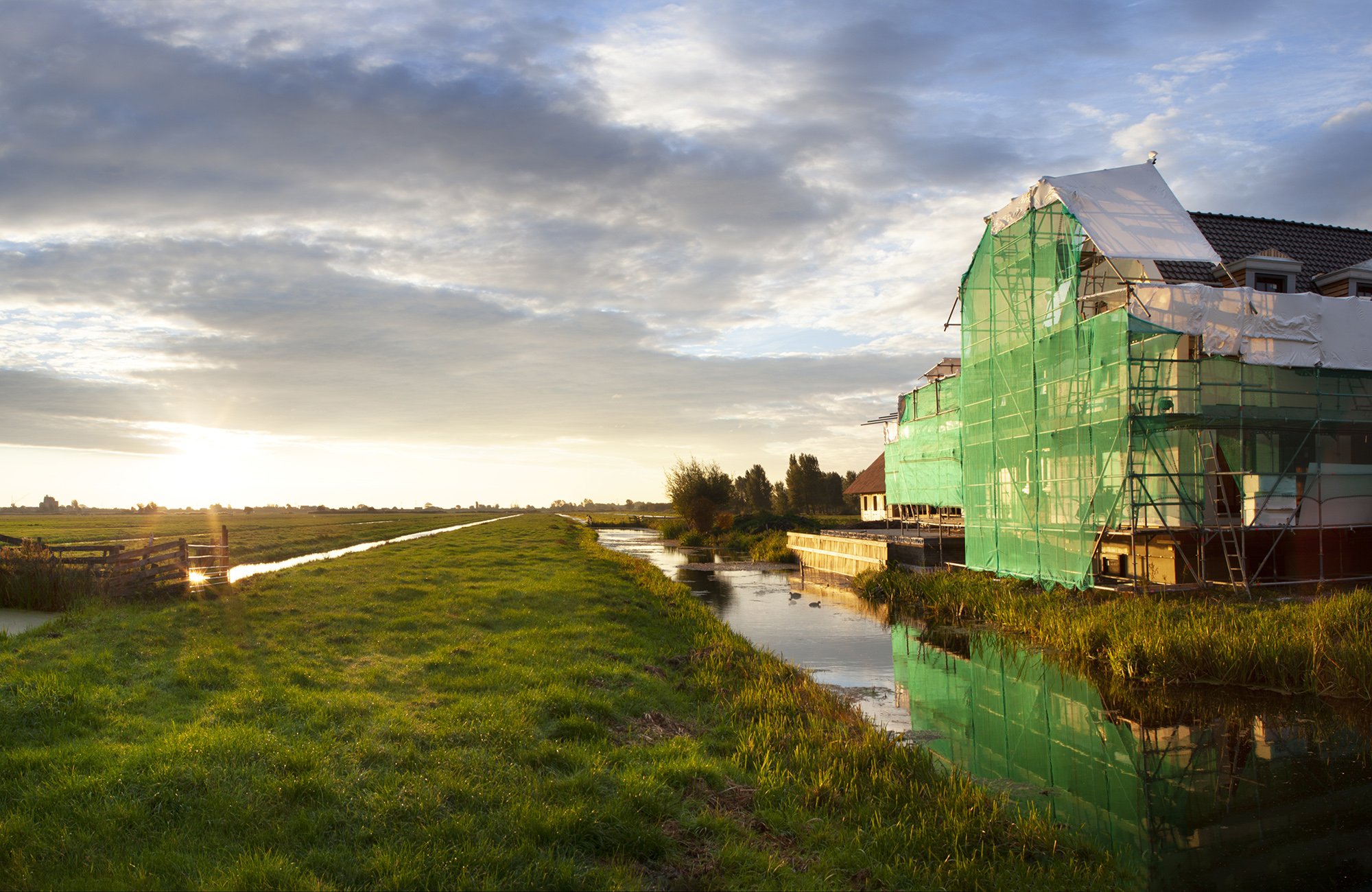Dutch Environmental Database
Reliable environmental data for sustainable construction: discover how the National Environmental Database works and what you can do with it.

What is the Dutch Environmental Database?
The Dutch Environmental Database (NMD) is filled with environmental declarations that contain general information about products, including name, service life and functional unit. They also contain environmental information that has been obtained via a Life Cycle Assessment (LCA). The Assessment Method states which environmental information an environmental declaration should contain when this is entered into the NMD.
Environmental declarations in the NMD can be viewed via the viewer and can be used in validated calculation tools.
What’s in the Dutch Environmental Database?
An environmental declaration with environmental information is contained in the NMD for all products potentially present in the reference buildings according to the energy performance regulation (BENG). If a need is identified for a declaration for a new product from the consumer or other market, the NMD can approach the market to draw up a specific environmental declaration. Another option is that, following an internal procedure, the NMD decides to create a non-proprietary (category 3) declaration for a new product. The NMD distinguishes three environmental declaration categories:
Category 1
Product- and brand-specific environmental declarations, often provided by manufacturers.
Verification: verified by an independent, qualified third party in accordance with the NMD Verification protocol.
Public access: the environmantal declaration is public, environmental information has restricted access.
Category 2
Non-brand-specific data from groups of manufacturers and/or suppliers and industry associations.
Verification: verified by an independent, qualified third party in accordance with the Verification protocol, stating how representative it is, for example, for the Dutch Market or a group of producers.
Public access: the environmental declaration is public, environmental information has restricted access.
Category 3
Non-proprietary data from Stichting National Environmental Database.
Verification: not verified according to the Verification protocol.
Public access: environmental declarations and basic profiles are public.
Categorie 3a
Proprietary data from Dutch Environmental Database Foundation. Data from infrastructure for external energy supply, energy carriers and product maps of building elements/installations to be reused in their entirety in newly built structures.
Verification: not reviewed according to the Review Protocol.
Publicity: environmental declarations and basic profiles public. 30% uplift factor not applicable.
Environmental declaration validity
The database uses a periodic environmental declaration expiry date of five years. Environmental declarations must be amended after this period. The environmental declarations can also be edited in the interim by the data supplier, for example after a change in production process that impacts environmental performance. Data owners can enter and edit environmental declarations themselves via an online input application.
More information about Registering environmental data can be found here.
Frequently asked questions about the Database
Stichting NMD manages both the National Environmental Database (NMD) as well as the NMD Process Database. The NMD is a database filled with environmental declarations. This is the database that is used by the calculation tools to produce ECI and EPD calculations. The NMD Process Database is used as source (to draw up LCAs) for the data included in the environmental declarations in the NMD.
The environmental declarations and basic profiles should be reviewed for timeliness from time to time and then updated as necessary. The same shelf life applies to both with a periodic expiration date of 5 years. After this period, environmental declarations and basic profiles must be updated. This can also be done in the interim, for example after changes in the production process that affect environmental performance. Data owners can have their data changed by submitting a new template.
A background process is a process that affects a producer's or supplier's product, but over which the producer or supplier has no direct influence and which occurs elsewhere in the chain; for example, production of electricity or a raw material.
Subscribe to our Newsletter
Sign up for our newsletter and receive monthly updates on sustainable construction, environmental performance, environmental data, policy, and other relevant news from the Dutch Environmental Database Foundation.
